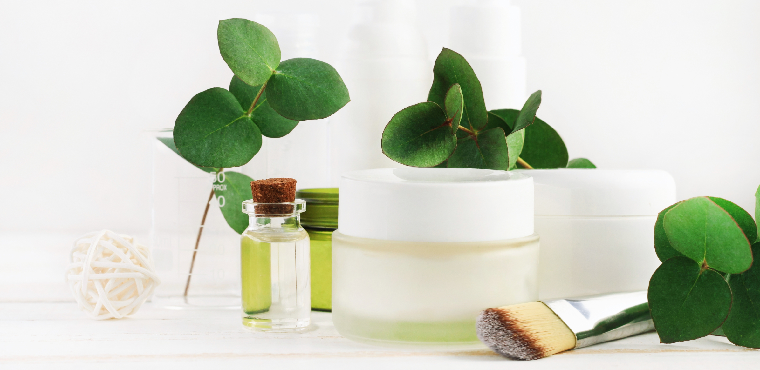
Oct 12, 2018
What is Stability Testing and How Important Is It?
Stability Testing
Offering customers a custom or semi-custom product is an effective method for setting your skin care brand apart from the crowd. With a wide array of formula options available for developing your product, it’s important to ensure your skin care formulation is not only safe but will be able to maintain its integrity on the shelf and in the homes of your customers. In this article, we’ll be breaking down the basics of stability testing, and the best practices for testing your new skin care formulations.
What is stability testing?
Stability testing involves a number of tests that help gauge the ability for a product/formulation to function properly when kept under appropriate conditions. Put simply, stability tests are a series of experiments, determined by you, that test the ability of your skin care formula to withstand different environmental conditions. Stability testing should take into account the physical, chemical, and microbiological qualities of a formulation.
Stability testing can help you determine the shelf life, life cycle, and overall consumer experience of your new product.
What are the different types of stability testing?
There are 3 primary types of stability testing: Physical/chemical, microbial, and packaging.
Physical/chemical stability tests are experiments that aim to help you gauge how well your product can withstand common stresses that may happen after being purchased like temperature changes and varying light exposure. There are a number of physical/chemical tests you can perform, but amongst the most common are:
- High-Temperature Testing: This test involves subjecting your formula to high (above 90 degrees Fahrenheit) and low (below 15 degrees Fahrenheit) temperature extremes. If a formula can withstand varying temperature extremes within a certain time frame, it’s reasonable to suggest that it can remain shelf stable at room temperature for an even longer period of time. You should also perform a freeze/thaw test, which involves cycling your formula between 24 hours of freezing and 24 hours of thawing.
- Light Exposure Testing: Similar to the high-temperature test, this experiment aims to gauge the ability for your product to withstand varying lighting extremes. Depending on your formula and packaging, your product can be susceptible to UV damage. To perform this test, you should place a sample of your product (in its intended packaging or glass jars) in direct sunlight (like by a window). You should also take a sample that is deprived of light (try covering the bottles in tape or foil). Observe any changes and adjust your formula accordingly.
Microbial tests are used to detect contaminants in cosmetic formulations. Your products can be contaminated during the manufacturing process as well as once purchased by the consumer. Microbial tests help ensure your products are free of microbial contaminants and are hygienic and safe for your customers to use. Because contamination can occur at any point in the manufacturing process, it’s important to do microbial tests every time you develop more of your product.
The final type of stability test is packaging testing. Packaging can have a lasting impact on the relationship customers have with your products. The packaging you choose can also impact the integrity and longevity of your formula. It’s important to ensure that your packaging adequately protects your product (from environmental exposure) and doesn’t react with the formula.
There are 2 main packaging tests that you should perform: evaporation tests and leak tests. Evaporation tests test how much liquid evaporates from a container that is completely closed. If the packaging is adequate, there should be little to no evaporation. Next is the leak test. This test is rather simple and involves positioning your product in varying angles (inverted, overturned, etc.) to ensure the product does not spill out.
When should stability testing be performed?
You don’t need subject every single formula you develop to stability testing. The only ones you should be testing are those that you intend on bringing to market. Stability testing should be done when you plan on adding a new product to your inventory, or when you change the ingredients to previous formula. Changes in packaging or manufacturing should also prompt stability testing to ensure your products are still up to standard.
Conclusion
Stability testing is an integral part of bringing your custom or semi-custom skin care formulation to market. To ensure your customers have the best experience with your products, its important to include a series of physical, chemical, and microbial tests as a part of your product development process. Once you’ve determined a process for evaluating the stability of your products, you’ll feel confident bringing your customers the skin care innovations they’ve been looking for.